detail profile maya deren
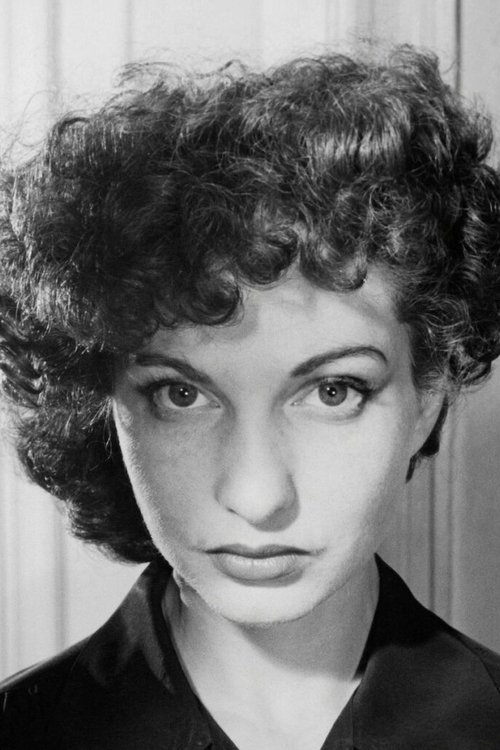
Maya Deren
Eleonora Derenkowsky
atau dikenal sebagai
Riwayat Hidup
Maya Deren (April 29, 1917 – October 13, 1961), born Eleonora Derenkowska (Ukrainian: Елеоно́ра Деренко́вська), was one of the most important American experimental filmmakers and entrepreneurial promoters of the avant-garde in the 1940s and 1950s.
Deren was also a choreographer, dancer, film theorist, poet, lecturer, writer and photographer.
Info Pribadi
Peran Yang Di Mainkan Maya Deren
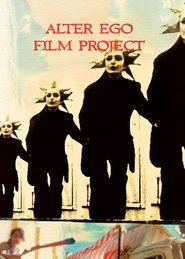 5 short films from 5 directors and 4 different...
5 short films from 5 directors and 4 different...Alter Ego Film Project 2024
5 short films, from 5 directors and 4 different countries on the theme of the Alter-Ego. The "Alter Ego Film Project" is inspired by the spirit of Maya Deren and her way of making films. Between double personality, secret identity, doppelgänger and impossible love we have discovered several unconventional stories halfway between narrative and experimental.
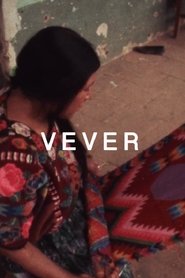 Deborah Stratman brings past perspectives into...
Deborah Stratman brings past perspectives into...Vever (For Barbara) 2023
Deborah Stratman brings past perspectives into the contemporary moment in a montage of unfinished film footage from artist Barbara Hammer with evocative sound, texts, and teachings from artist Maya Deren. Vever poetically draws connects between three generations of women filmmakers who separately, and now together, have taken on unknown challenges, and opened themselves up to reinterpretation in their filmmaking practices.
 Maya Derens Sink a 30 minute experimental...
Maya Derens Sink a 30 minute experimental...Maya Deren's Sink 2011
Maya Deren's Sink, a 30 minute experimental film, is an evocative tribute to the mother of avantgarde American film. The film calls forth the spirit of one who was larger than life as recounted by those who knew her. Teiji Ito's family, Carolee Schneemann and Judith Malvina, float through the homes recalling in tiny bits and pieces words of Deren's architectural and personal interior space. Clips from Maya Deren's films are projected back into the spaces where they were originally filmed appearing on the floorboard, furniture, and in the bowl of her former sink. Fluid light projections of intimate space provide an elusive agency for a filmmaker most of us will never know as film with its imaginary nature evokes a former time and space.
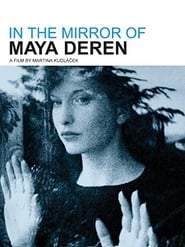 Documentary about the life of avantgarde...
Documentary about the life of avantgarde...In the Mirror of Maya Deren 2002
Documentary about the life of avant-garde filmmaker Maya Deren, who led the independent film movement of the 1940s.
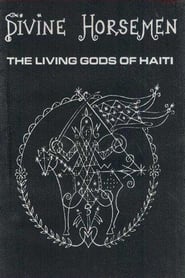 This intimate ethnographic study of Voudoun...
This intimate ethnographic study of Voudoun...Divine Horsemen: The Living Gods of Haiti 1993
This intimate ethnographic study of Voudoun dances and rituals was shot by Maya Deren during her years in Haiti (1947-1951); she never edited the footage, so this “finished” version was made by Teiji Ito and Cherel Ito after Deren’s death.
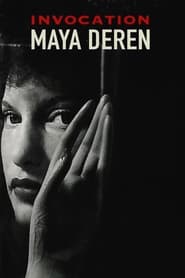 Maya Deren is a legend of...
Maya Deren is a legend of...Invocation: Maya Deren 1986
Maya Deren is a legend of avant-garde cinema. This authoritative biography of the charismatic filmmaker, poet and anthropologist features excerpts from her pioneering Meshes of the Afternoon and her unfinished documentary on Haiti, interviews with Stan Brakhage and Jonas Mekas, and recordings of her lectures. Narrated by actress Helen Mirren, this definitive documentary offers startling insights into one of the most intriguing, accomplished figures in cinema history.
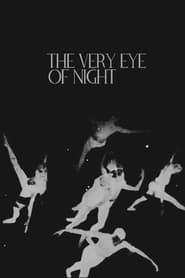 Dancers shown in photographic negative perform...
Dancers shown in photographic negative perform...The Very Eye of Night 1958
Dancers, shown in photographic negative, perform a series of ballet moves, solos, pas de deux, larger groupings. The dancers glide and rotate untroubled by gravity against a slowly changing starfield background. Their movements are accompanied by music scored for a small ensemble of woodwind and percussion.
 Ensemble for Somnambulists was a film...
Ensemble for Somnambulists was a film...Ensemble for Somnambulists 1951
Ensemble for Somnambulists was a film Maya Deren made while teaching a workshop at the Toronto Film Society. It was never completed, and is officially "unpublished," but this title has been restored and it screens occasionally along with her other films. It is sort of a preliminary sketch for The Very Eye of Night. ~ David Lewis, Rovi
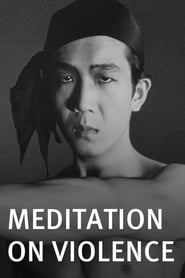 ChaoLi Chi shadow boxes indoors and...
ChaoLi Chi shadow boxes indoors and...Meditation on Violence 1949
Chao-Li Chi shadow boxes indoors and practices with a sword outdoors. Theoretically, the film describes in a single continuous movement three degrees of traditional Chinese boxing, Wu-tang, Shao-lin, and Shao-lin with a sword. A long sequence of the ballet-like, sinuous Wu-tang becomes the more erratic Shao-lin; in the middle, there is an abrupt change to leaping sword movements, in the center of which, at the apogee of the leap, there is a long held freeze-frame.
 An intimate study of the life...
An intimate study of the life...The Private Life of a Cat 1946
An intimate study of the life of a domestic cat, taking place over a period of months as she gives birth to a litter of kittens and cares for them as they grow.
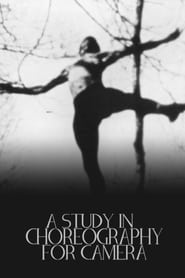 Maya Derens shortest twominute A Study...
Maya Derens shortest twominute A Study...A Study in Choreography for Camera 1945
Maya Deren’s shortest, two-minute A Study in Choreography for Camera seems like an exercise piece to capture a dancer’s movement on celluloid, which later on developed into her masterpieces such as Ritual in Transfigured Time and Meditation on Violence.
 The surrealist film shows repetitive imagery...
The surrealist film shows repetitive imagery...Witch's Cradle 1944
The surrealist film shows repetitive imagery involving a string fashioned in a bizarre, almost spiderweb-like pattern over the hands of several individuals, most notably an unnamed young woman and an elderly gentleman. The film also shows a shadowy darkness and people filmed at odd angles, an exposed human heart, and other occult symbols and ritualistic imagery which evokes an unsettling and dream-like aura. Considered an unfinished film.
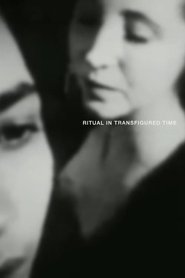 A social event choreographed in the...
A social event choreographed in the... A woman washes up on a...
A woman washes up on a...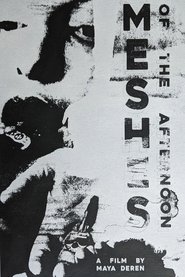 A woman returning home falls asleep...
A woman returning home falls asleep...